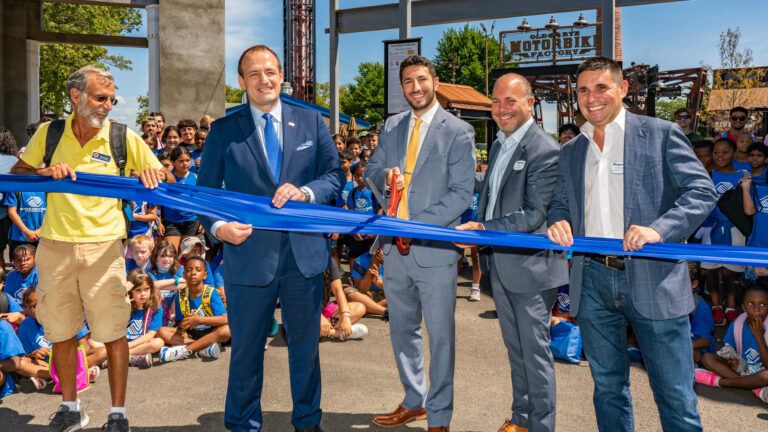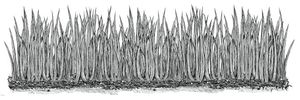Invasive Removal & Pollinator Plan for Playland Parkway
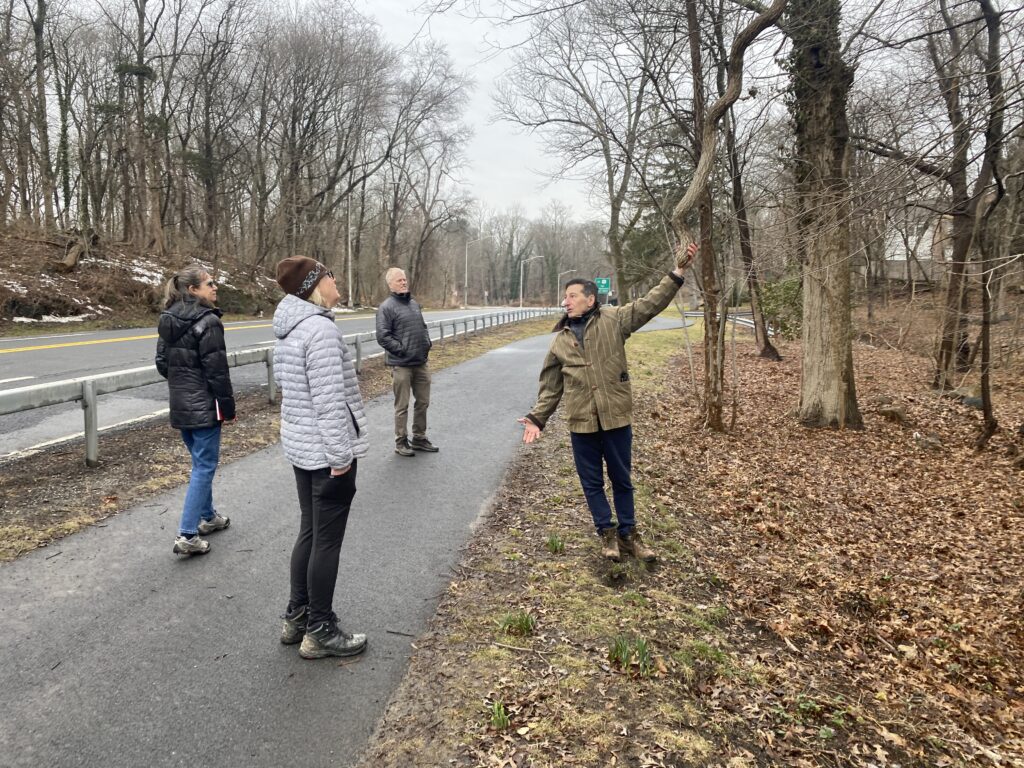
The Rye Sustainability Committee is inviting residents to help the group continue its invasive plant removal project alongside Playland Parkway this Saturday, March 2nd from 9:00am – 12:00pm noon. Residents should wear boots and gloves and bring clippers and loppers (if they have them). Community service hours are available to students. The group will meet across from the Boston Post Road entrance to Parkway. Volunteers can park along the entrance ramp. Any questions can be directed to Rye Sustainability Committee member and landscape architect Chris Cohan who is overseeing the project.
The ongoing invasive removal work has been done in conjunction with County Parks employees. Rye guy and County Executive George Latimer calls the partnership “a good news story of cooperation”. Invasive removal has exposed a stream, bringing ecological and flood control benefits. The group has found some productive native plants among all the invasives including American Holly (Ilex opaca), but it will need financial support from the County and private sources to fund native plantings to bring back the ecological services needed for pollinators, birds and small mammals. It is a war out there and if the proper native trees, shrubs and perennials are not planted quickly, the invasive plant seed bank stored in the soil will retake an open area.
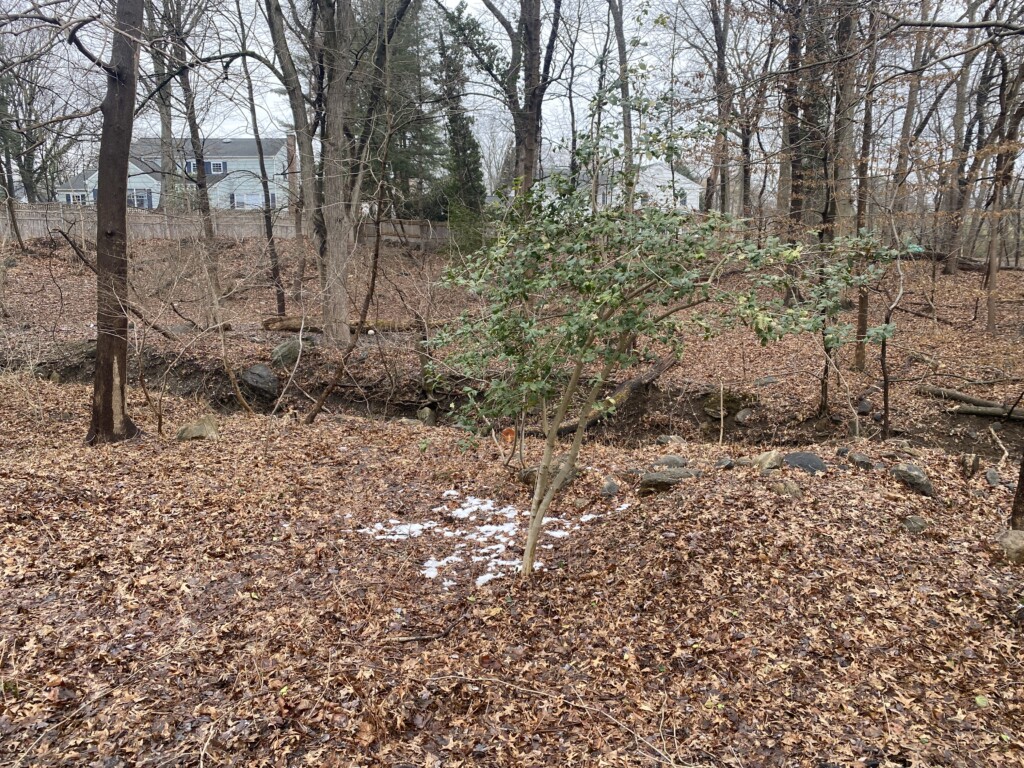
The Parkway, like other public and private spaces, continues to be overrun with invasive plants including norway maples (Acer platanoides) porcelain berry (Ampelopsis glandulosa), honeysuckle (invasive types include Morrow’s honeysuckle (Lonicera morrowii), Tatarian honeysuckle (Lonicera tatarica), Amur honeysuckle (Lonicera maackii), and Japanese honeysuckle (Lonicera japonica)) and bamboo (invasive types include Golden bamboo (Phyllostachys aurea) and Yellow Grove bamboo (Phyllostachys aureosulcata)).
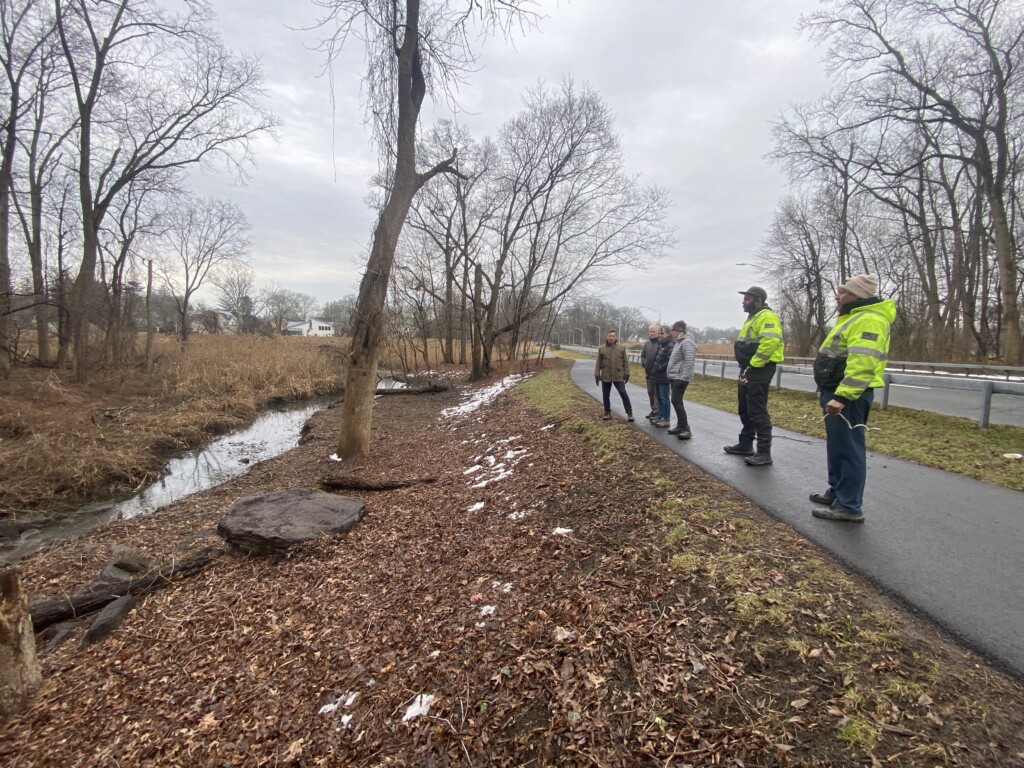
The Rye Sustainability Committee intends to plant various deer resistant native plants in the spring, framing up the now opened-up woodland with native understory trees and shrubs and the newly discovered brook with native ferns, spring ephemerals, Eastern Red Columbine (Aquilegia canadensis), and Canada anemone (Anemone canadensis). Woodland edges will receive wild lupines (Lupinus perennis) along with goldenrod (Solidago, many native types), bee balm (Monarda didyma) and the monarch magnet Joe Pye (Eutrochium purpureum).
All the continuing work should make for much more compelling walks, runs, bike ride and drives up and down Playland Parkway. A successful native plant installation should be a showcase for other projects in and around Rye.

